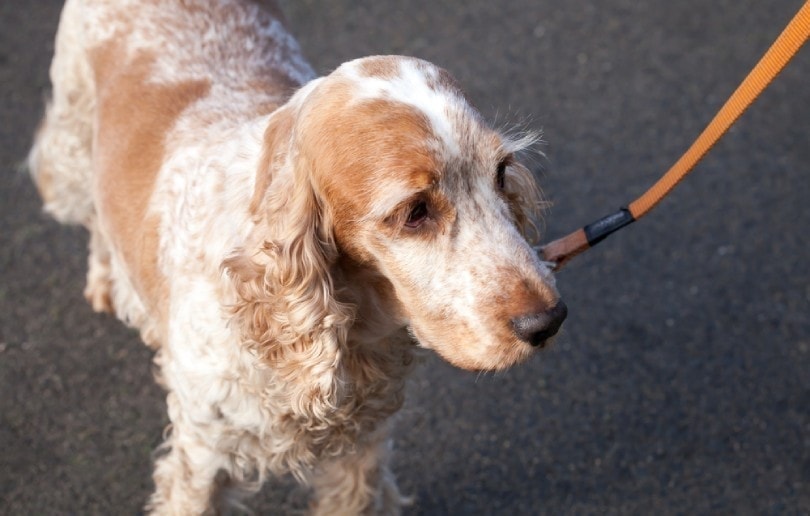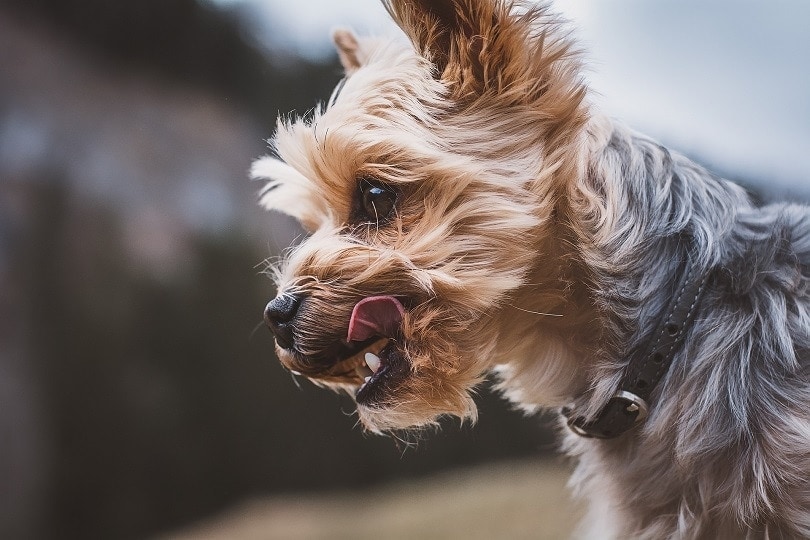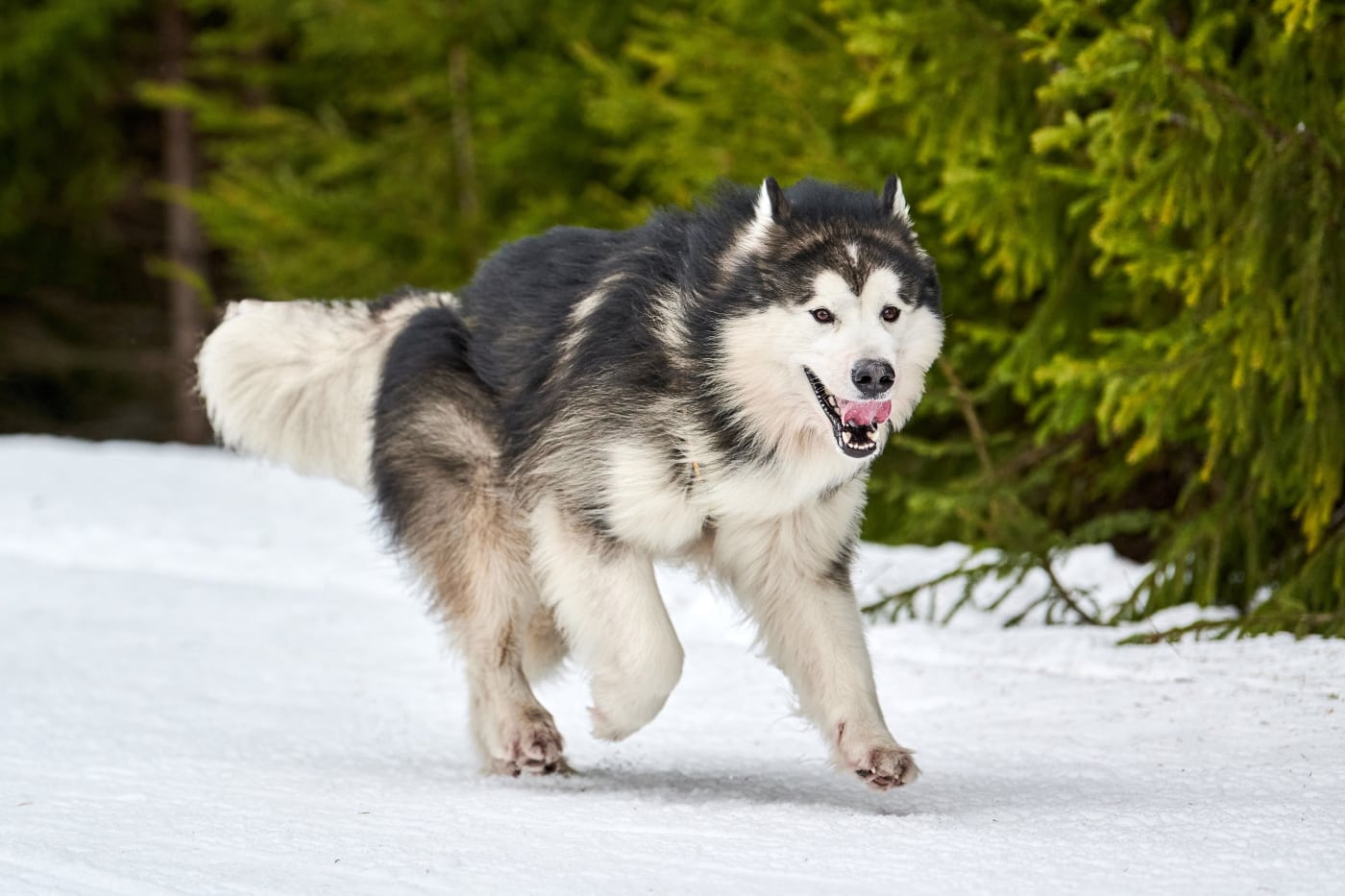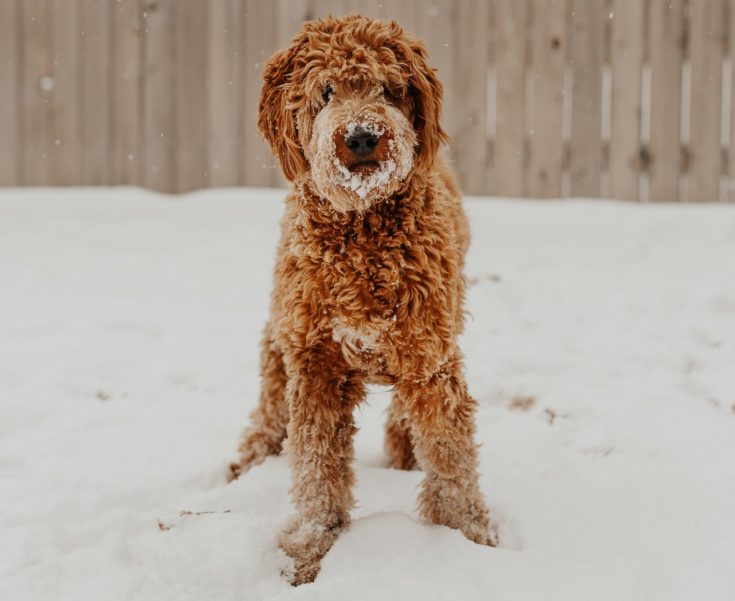Do Dogs Have Eyelashes? Facts & FAQ
Updated on

Click to Skip Ahead
Do dogs have eyelashes? It’s one of those questions that you feel you should know the answer to immediately, but it makes you pause for a moment and really question yourself. The answer is yes, dogs do have eyelashes. In fact, they have anywhere from two to four rows of eyelashes along their upper eyelid.
Why Do Dogs Have Eyelashes?
As with humans and other species in the animal kingdom that have eyelashes, they are in place to help prevent injury to the eye and protect the eye from smaller particles such as dirt, debris, or dust. Basically, they are the first line of defense for the eyes.
Dogs only have eyelashes on the upper lid, there are none present on the lower lid. The upper lid typically has anywhere from two to four rows of lashes and some breeds have much longer lashes than others.

Can I Cut My Dog’s Eyelashes?
Owners can opt to trim their dog’s eyelashes. It’s typically done for cosmetic reasons rather than for health, though trimming can be very helpful if the lashes have grown long enough to obstruct your dog’s vision. However, for those with short eyelashes, it’s best to just leave them be to eliminate the risk of injury.
If you are interested in trimming your dog’s eyelashes, keep in mind how sensitive this area is and how easily injury can happen. If you are unable to trim the eyelashes safely and comfortably, it’s best to contact a licensed groomer for assistance.
Breeds With the Longest Lashes
Some breeds of dogs will have naturally longer eyelashes than others. This is typically related to fur length. most long-haired dogs tend to sport longer lashes.
- American Cocker Spaniel
- Cavalier King Charles Spaniel
- Shih Tzu
- Lhasa Apso
- Dachshund
- Old English Sheepdog
- Shetland Sheepdog
- Golden Retriever
- Chesapeake Retriever
- Pekingese
- Yorkshire Terrier

Eyelash Disorders in Dogs
Eyelashes aren’t without their issues; several health issues can arise within a dog’s eyelashes. Here are a few of the most common disorders of the eyelashes:
Trichiasis
Trichiasis is a condition in which hairs from normal follicle locations grow toward the eye and rub against the cornea or the inner lining of the eyelid. Trichiasis is commonly a cause of excess tearing, which leads to tear stains down the face.
Trichiasis is most prominent in brachycephalic (short-nosed) breeds such as Pugs, Pekingese, and Boston Terriers, or those with long hair that grows around the eyes like Lhasa Apsos, Shih Tzus, and American Cocker Spaniels.
- Eyelashes growing inward towards the eyes
- Hair growing in towards the eyes
- Eye-watering
- Tear stains
- Eye irritation or itchiness
- Eye infection
- Blepharospasm (closing the eyelids tightly and involuntarily)
- Epiphora (excessive tearing)
- Keratitis (inflammation of the cornea)
- Ulcers on the eye
Distichiasis
Distichiasis is a condition in which an abnormal, extra eyelash known as a distichia arises from the margin of the eyelid through the duct or opening of the meibomian gland or somewhere adjacent. There are typically more than one distichae that occur and sometimes even more than one in each duct.
The reason for the development of the follicles in the abnormal location is not known, but the distichiasis is considered a genetic health problem that occurs more often in certain breeds of dogs including:
- American Cocker Spaniel
- Cavalier King Charles Spaniel
- Shih Tzu
- Lhasa Apso
- Dachshund
- Shetland Sheepdog
- Golden Retriever
- Chesapeake Retriever
- Bulldog
- Boston Terrier
- Pug
- Boxer
- Pekingese
- Rubbing of the eye
- Increased blinking
- Frequent squinting
- Increased watering of the eye
- Eye redness
- Ulcerations in the eye

Ectopic cilia
Ectopic cilia are one or more hairs that grow abnormally through the conjunctiva, eventually coming in contact with the cornea, which is the surface of the eye. These abnormally growing hairs can cause intense pain when they grow into the cornea and can even result in corneal ulcers.
This condition is treated through surgical removal of these hairs or by performing cryosurgery, where the follicle is frozen and killed. Certain breeds are more likely to develop ectopic cilia, these breeds include:
- Shih Tzu
- Lhasa Apso
- Boxer Dogs
- Cavalier King Charles Spaniel
- Golden Retrievers
- Flat-Coated Retrievers
- English Bulldog
- Boston Terrier
- Pug
- Pekingese
- Collies
- Excessive tearing
- Eye swelling
- Discoloration of the eye
- Involuntary blinking
- Frequent squinting
- Keeping eyes shut
- Rubbing the eyes and face
- Development of corneal ulcer
Final Thoughts
Just like us, dogs have eyelashes to help protect their eyes from injury and debris. Unlike humans, dogs only have eyelashes on the upper eyelid, rather than both the upper and lower. Some dog breeds tend to have much longer lashes than others, typically those with much longer hair. Some health conditions can affect the eyelashes as well, so it’s important to know the symptoms and reach out to your veterinarian if your dog is experiencing any usual symptoms.
See also:
Featured Image Credit: SJ Duran, Shutterstock













